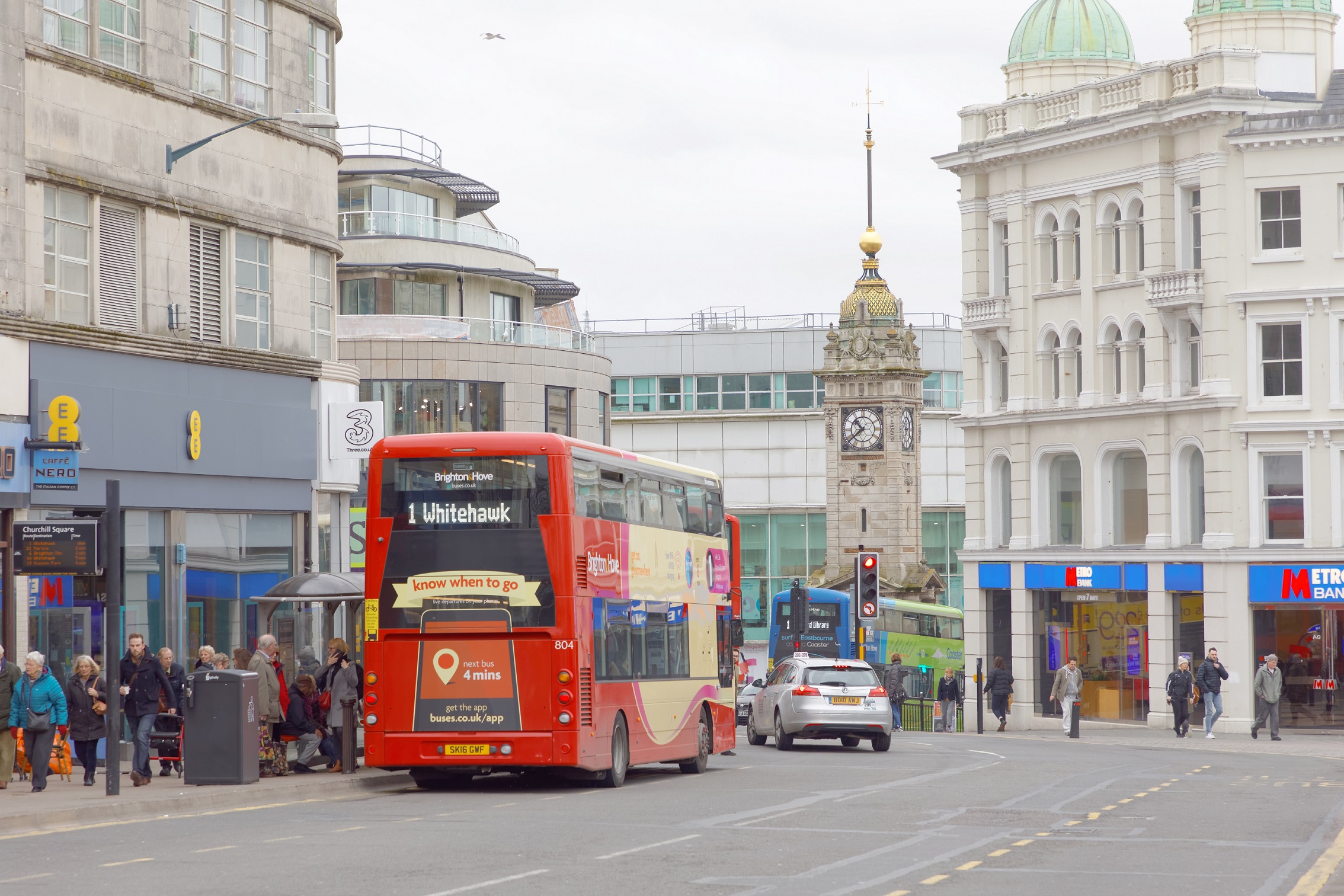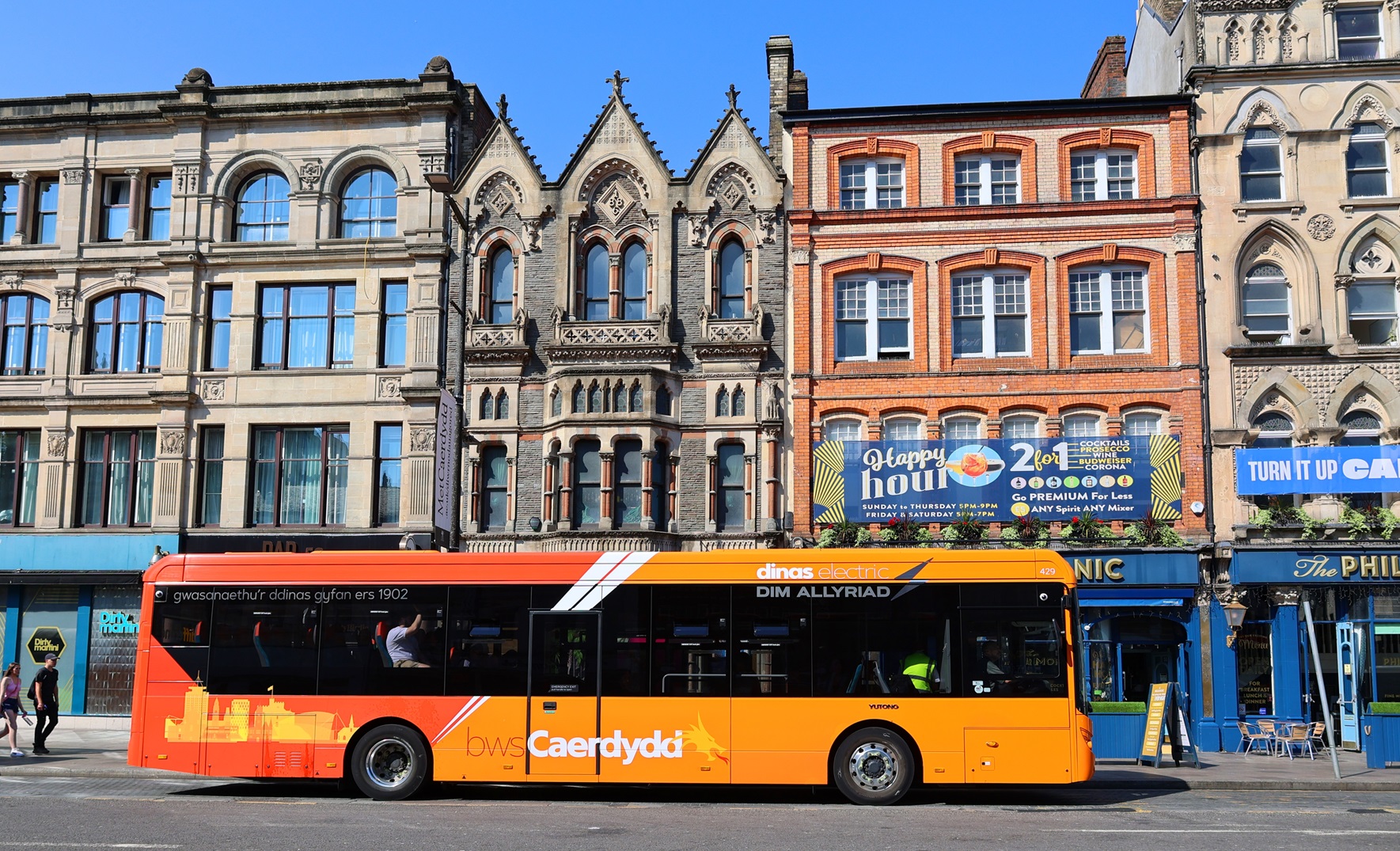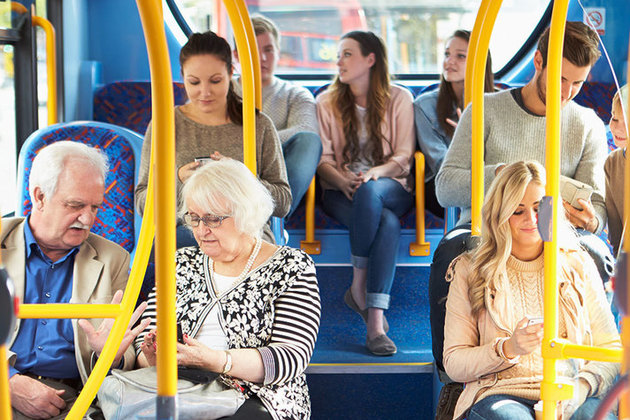The 8% rise in bus patronage shown by annual Department for Transport statistics published last month could be viewed as disappointing in the present context, one retired industry professional has argued.
This increase to 61 journeys per capita for the whole of Great Britain in the 12 months up to March 2024 stands against one of 19% for the previous year for that measure.
It means patronage lies at 88% of that seen in 2019/20 as the sector endeavours to continue its bounce back from the impact of the COVID pandemic.
Former Brighton and Hove Buses Managing Director Roger French believes the increase “isn’t much to shout about” in view of a number of factors. The concessionary travel market may never recover completely from the pandemic, he adds.
Mr French says of the 19% increase for 2022/23: “That was partly recovering from COVID, so this is comparing a more ordinary year with another, so 8% is encouraging but with the £2 fare, one would have hoped it would have been higher.”
Concessions still down
Now secretary of The Ten Percent Club, a group of industry professionals, he points out that the effect of the pandemic changing travel habits has been more pronounced among older concessionary pass-holders.
“We’re never going to see the number of concessions that we did pre-COVID because people have just totally got out of the habit that they had before COVID,” he says. “COVID has changed travel habits and they’re in a new habit. Whatever that [habit] is, it means not going out so much, not using the bus so much.

“There’s nothing much you can do about it because you can’t incentivise them by fares because they’re not paying a fare in the first place — although one would have also hoped that all the service improvements through BSIP (Bus Service Improvement Plan) initiatives would also have helped to have driven the number of passengers increasing.
“One would have died for an 8% rise decades ago but, when you consider it against a background of some still remnants of COVID recovery, the £2 fare [in England] and all the BSIP initiatives, it isn’t much to shout about, to be honest.”
The increase in patronage in England is 9% for outside London versus 4% for London itself, which may reflect the effect of the £2 single fare cap, which was introduced nearly everywhere outside the capital in January 2023.
One would have died for an 8% rise decades ago but, when you consider it against a background of some still remnants of COVID recovery, the £2 fare and all the BSIP initiatives, it isn’t much to shout about – Roger French
However, Wales — which does not have the fare cap — enjoyed a 156% rise over the previous 12 months, although this may down to recovery in that country being slower immediately after the pandemic.
Similarly, Scotland saw a 13% rise in the second full year of data influenced by the free travel for under-22s scheme.
Concessionary journeys made via elderly or disabled passes were up 7% across the board but, as with passenger journeys overall, the delayed recovery in Wales is perhaps responsible for a 15% rise.
While elderly and disabled concessionary usage lies at 75% of prepandemic levels for Great Britain as a whole, it is only 63% in Wales.
Industry faces an uphill battle
Mr French, who blogs at busandtrainuser.com, is encouraged to see more investment for the bus sector but says it nevertheless has a significant battle to fight.
“There’s never been so much money floating around for initiatives. All the BSIP stuff is great, there’s all these things happening, the industry is participating in all of that in an encouraging way.

“But the industry is still fighting against things like congestion and roadworks and the disruptions, and it doesn’t help that the government still don’t want to upset the motorist one tiny bit by not putting fuel tax up in the recent Budget and leaving the 5p discount…
“You’re never going to get modal shift … unless you grasp the nettle of making things a bit harder for motorists.”
Bus patronage success in Brighton

Brighton and Hove continues to top the local authority (LA) leaderboard with 147 journeys per head of population. This compares to 207 for London.
Behind Nottingham, the third best is Reading, which is one of the few LAs to exceed levels of patronage from 2010, which is when DfT’s dataset begins.
With 109 journeys per capita, this is 101% of the value from 14 years ago – compared to the 73% for London and 72% for Britain as a whole.
As an architect of the bus’s success in Brighton, Mr French points out that the reason for that city’s patronage increasing by only 5% in the most recent year could be due to more students living on campus accommodation compared to the past. That said, he is positive about the outlook there.
He says: “The long-term prognosis in cities like Brighton and Nottingham is good.
“They’ve got good bus priority, they’re expanding them, the local authorities totally get it and there is no doubt they will be the leading areas for bus use for many years to come.”
Wales’ figures welcomed
Aaron Hill, CPT Cymru Director, is encouraged by the increase in patronage in Wales but would like to see more investment from the Welsh Government.
He says: “While numbers remain lower than before the pandemic, this is a significant milestone for the industry, marking 36% growth over the past two years and highlighting the essential role buses play in connecting communities and supporting local economies…
“These numbers underscore that there is more to do to grow bus services, and the upcoming budget is an opportunity for Welsh Government to prioritise investment in buses.

“Further investment in services and bus priority measures will sustain the network and make bus a more attractive option, and encourage more passengers to get on board.
“We look forward to continuing to work with government and local authorities on behalf of our members to ensure the momentum of recovery is maintained and that buses remain a cornerstone of our transport network.”



























